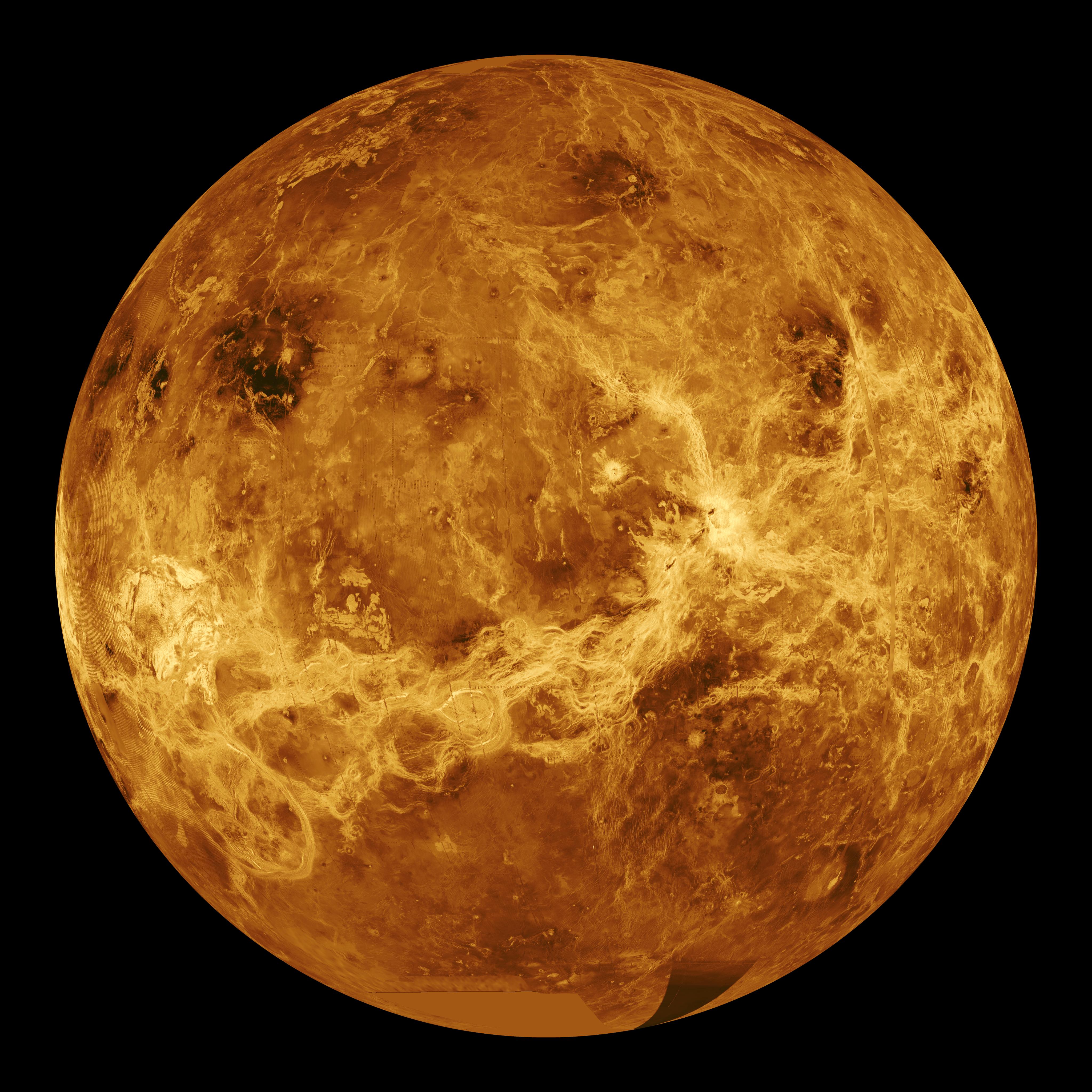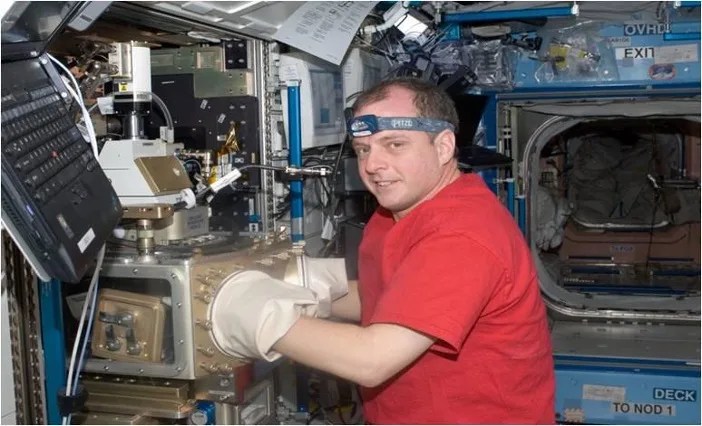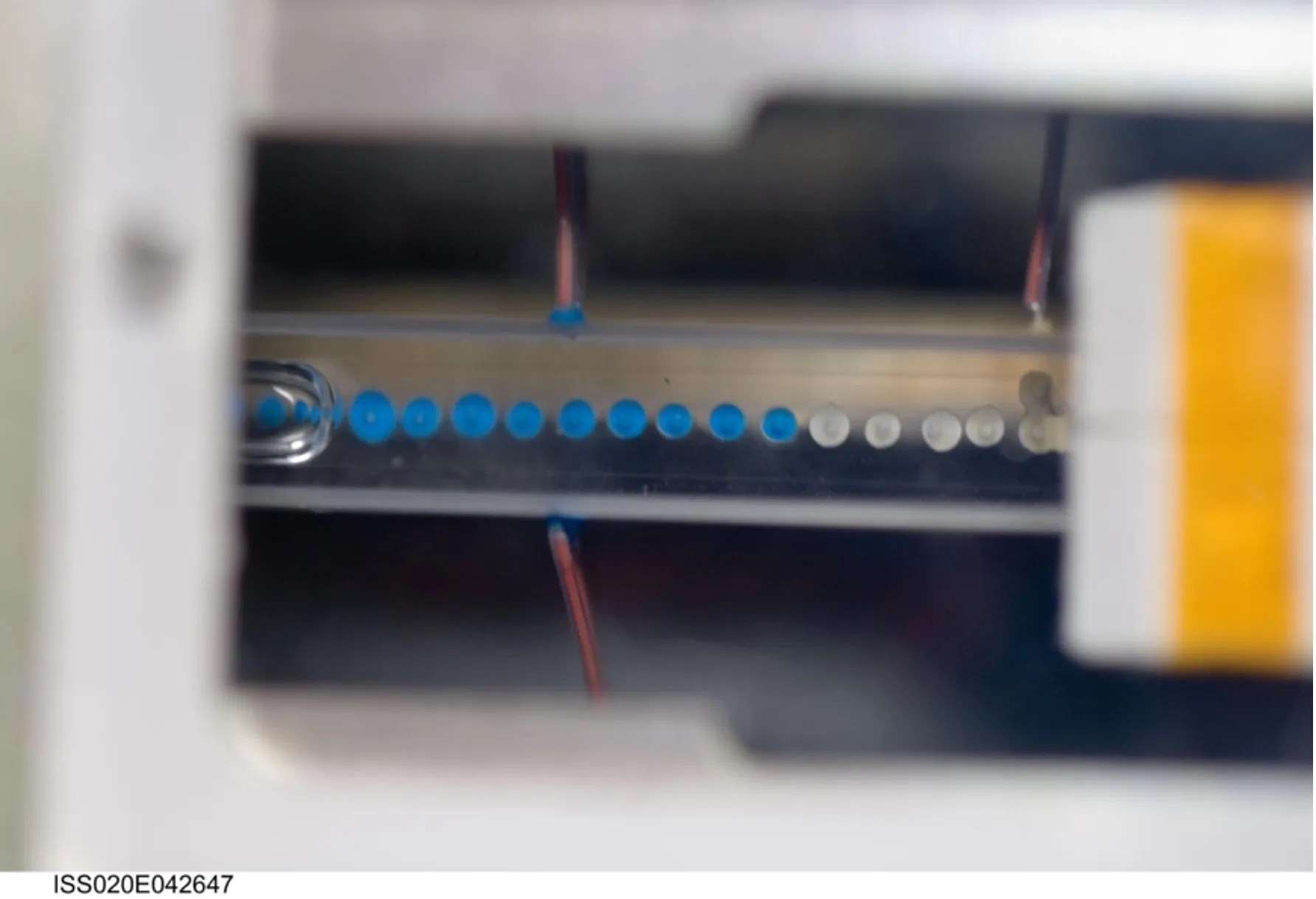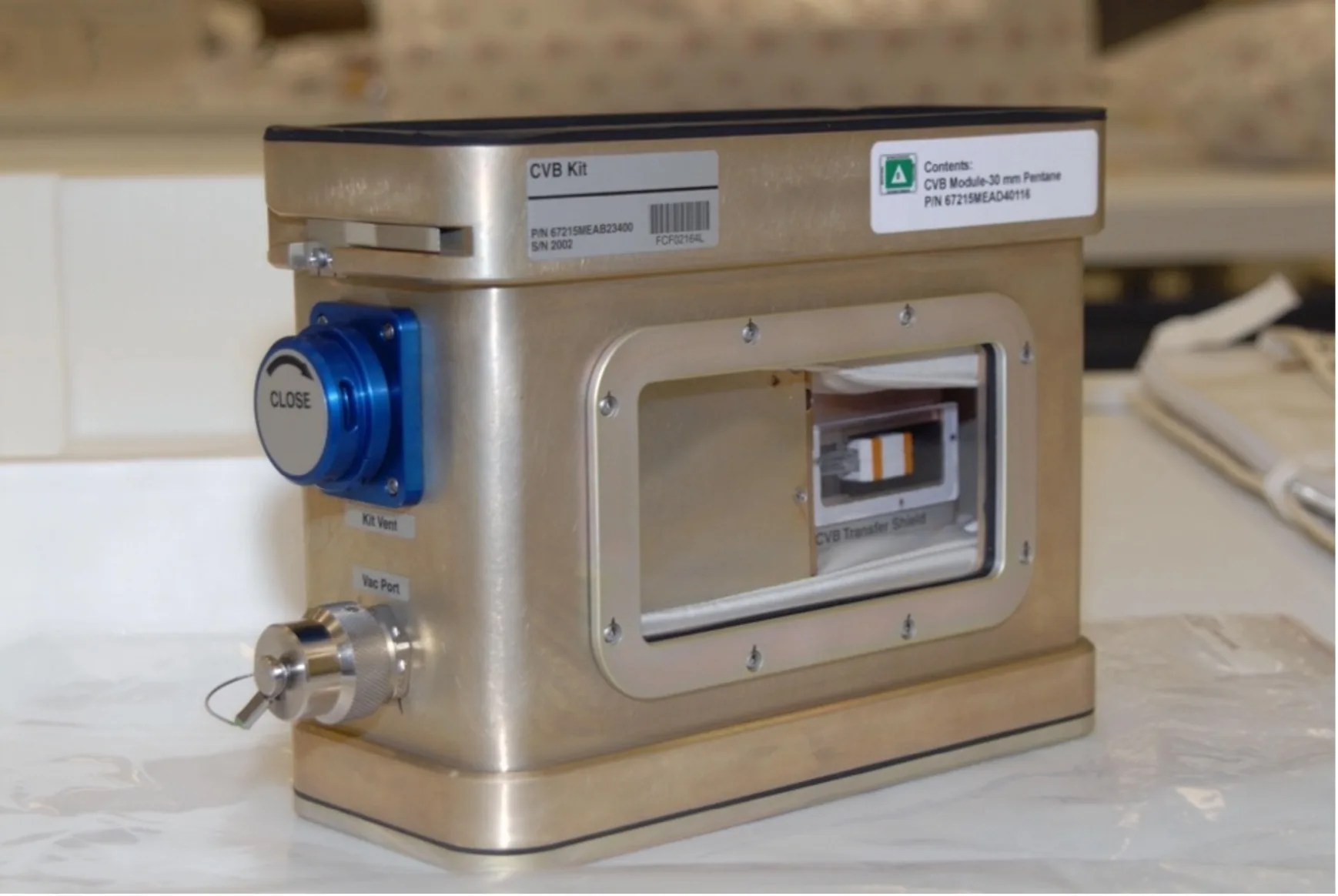Constrained Vapor Bubble (CVB)
Science Objectives
Constrained Vapor Bubble (CVB) aims to achieve a better understanding of the physics of evaporation and condensation and how they affect cooling processes in microgravity using a remotely controlled microscope and a small cooling device.
Status
The experiment has concluded, and science is being evaluated.
Experiment Description
The thermophysical principles underlying change-of-phase heat transfer systems are not well understood in microgravity conditions and are less than optimized even in earth gravity. This experiment proposes basic experimental and theoretical studies of the nonisothermal Constrained Vapor Bubble (CVB) under microgravity conditions. The CVB represents a passive, wickless heat pipe ideally suited to obtain engineering and fundamental data on phase change heat transfer driven by interfacial phenomena. The proposed study represents a basic scientific study in interfacial phenomena, microgravity fluid physics and thermodynamics, a basic study in thermal transport and an engineering study of a passive heat exchanger. This optical study of vapor bubbles constrained in transparent glass cells at variable temperature increases the basic understanding of heat and mass transfer at phase-change interfaces. The information obtained from the study optimizes the design and operation of passive heat transfer devices for earth and microgravity environments and is critically important for the successful completion of long-term lunar and Mars missions.
Space Applications
CVB has performed ground-based studies in a thermal vacuum chamber to determine the efficiency of the heater and cooler configuration. Large thermal response times that have been experimentally observed in space-based experiments cannot be obtained from these ground-based studies. Space-based experimentation is the only method available to ascertain internal low-gravity fluid mechanics within a heat pipe.
Earth Applications
The project aims to achieve an improved understanding of microscale heat transfer, improved designs for wickless heat pipes, and an increased efficiency in heat transfer devices for cooling critical components. Targeted users are existing microelectronics industry and perhaps military applications. New designs should be able to be developed several months following the analysis and presentation of the results from the experiment.





























